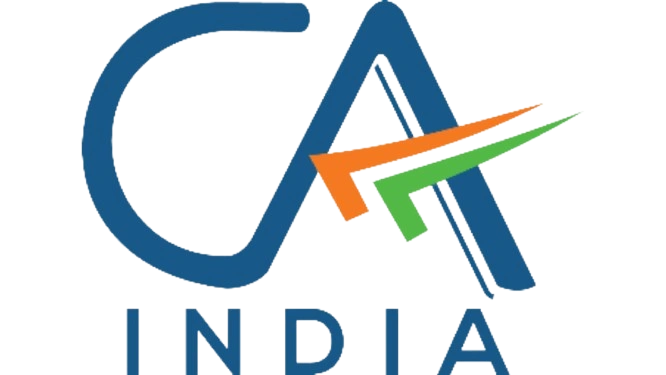Understanding e-Invoicing in GST: A Comprehensive
Guide
In an
effort to enhance transparency and improve the ease of doing business, the
Government of India introduced the concept of e-Invoicing under GST.
This initiative streamlines the process of invoice generation, reporting, and
validation. Let’s dive into the details of e-Invoicing, its applicability, and
the processes involved.
What is e-Invoicing?
e-Invoicing
refers to the reporting of specific GST documents to a Government-notified
portal called the Invoice Registration Portal (IRP) to obtain a unique Invoice
Reference Number (IRN).
It’s
important to note that e-Invoicing does not mean generating invoices directly
on a government portal. Businesses will continue to create invoices using their
own Accounting, Billing, or ERP Systems. The invoices are then uploaded
to one of the six authorized IRPs in a standardized format, called Form GST
INV-1 (Schema), at no charge.
Who Needs to Comply with e-Invoicing?
e-Invoicing
is applicable to taxpayers whose aggregate turnover exceeds the notified
threshold in any preceding financial year since 2017-18.
- As
of August 1, 2023, businesses with an Annual Aggregate Turnover
(AATO) of ₹5 crores or above are required to comply with e-Invoicing
regulations.
Exemptions from e-Invoicing
Certain
entities and taxpayers are exempt from the e-Invoicing requirements. These
exemptions are notified by the Government from time to time. Businesses are
advised to refer to the official notifications for detailed exemption criteria.
Documents Covered Under e-Invoicing
The
following documents are subject to e-Invoicing requirements:
- GST
Invoices
- Credit
Notes and
Debit Notes related to B2B supplies
- Supplies
to SEZs (Special Economic Zones), both with and without payment
- Exports,
both with and without payment
- Deemed
Exports
How Does the e-Invoicing Process Work?
- Invoice
Creation:
Businesses generate invoices using their existing Accounting/Billing/ERP systems. - Reporting
to IRP:
These invoices are reported to any of the six authorized IRPs. - Validation
and IRN Generation:
The IRP validates the invoice, assigns a unique Invoice Reference Number (IRN), and returns a signed e-Invoice with a QR code. - Issuance
to Receiver:
The e-Invoice, along with the QR code, is issued to the buyer.
(Note: A GST invoice for B2B transactions is valid only with a proper IRN.)
Steps for Reporting e-Invoices
Step 1: Enablement for e-Invoicing
- Eligible
taxpayers are automatically enabled for e-Invoicing.
- Enablement
status can be checked at https://einvoice.gst.gov.in.
- If
not enabled, taxpayers can self-enable on the same portal.
Step 2: Registration on IRP
- Taxpayers
must register on any of the six authorized IRPs to start reporting
e-Invoices.
- Registration
involves OTP-based verification of the taxpayer's mobile number and email.
Step 3: Reporting e-Invoices
- Invoices
are uploaded to the IRP in JSON format using the predefined schema.
- Reporting
can be done through multiple methods like offline tools, web tools, mobile
apps, or APIs.
Step 4: Auto-Population
- Once
validated, e-Invoice data is auto-populated into the supplier's GSTR-1
return in the GST system.
Verification of e-Invoices
Taxpayers
can verify e-Invoices using the following methods:
- GSTN
e-Invoice QR Code Verifier App: Available on Google Play
and App Store.
- Search
IRN Functionality: Accessible at https://einvoice.gst.gov.in/einvoice/search-irn.
Comprehensive Resources: e-Invoice FO Portal
The e-Invoice
Front Office Portal (https://einvoice.gst.gov.in) serves
as a one-stop resource for all e-Invoicing-related functionalities:
- Checking
enablement status
- Accessing
e-Invoice schema and master codes
- Searching
IRNs
- Links
to all six IRPs
The
portal is expected to offer additional functionalities, such as downloading
e-Invoices, in the near future.
Conclusion
e-Invoicing
is a game-changer for GST compliance, ensuring seamless integration of invoice
reporting with the GST system. It reduces manual intervention, enhances
accuracy, and streamlines the filing process for businesses.
To stay
compliant and leverage the benefits of e-Invoicing, businesses must ensure
timely enablement and proper reporting of invoices. For more details, refer to
the official e-Invoice
portal.



